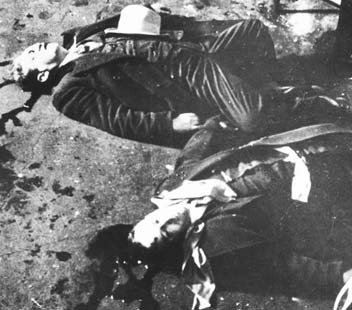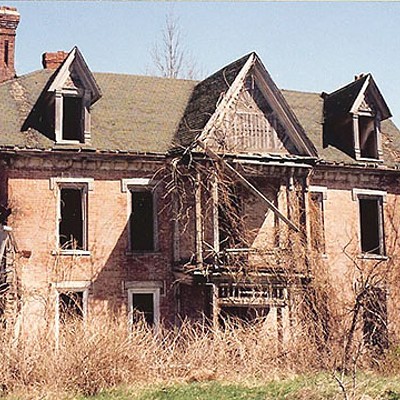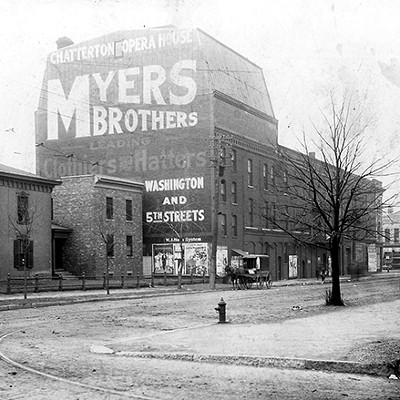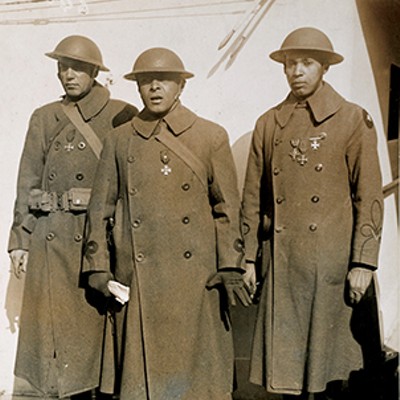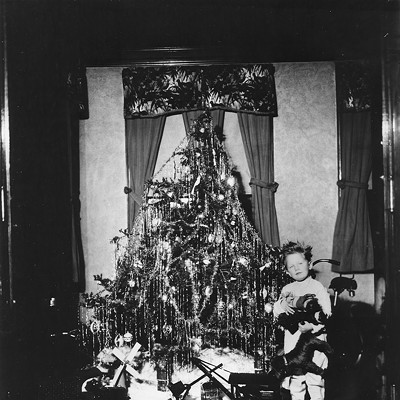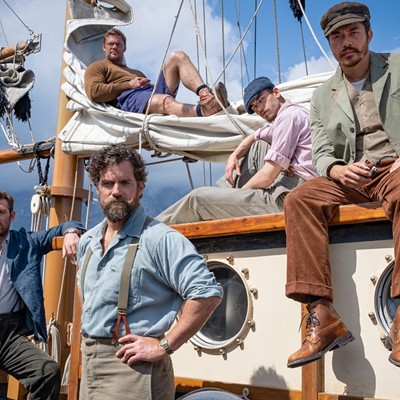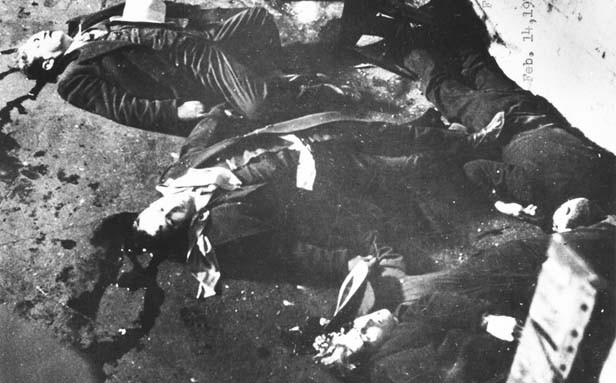
Eighty-two years ago, Chicago mobsters were lying low in Springfield, escaping fallout from the brutal St. Valentine’s Day massacre gang slaying in their hometown.
Or maybe they weren’t. It depends on whom you believe.
On Feb. 14, 1929, four men, some dressed as Chicago cops, stormed a north side garage near Lincoln Park which was a hangout and illegal booze distribution center for Bugsy Moran’s gang, a longtime rival to Al Capone and his gang. Both were trying to take over the city’s bootlegging biz during Prohibition, as well as other criminal rackets.
That Valentine’s Day their ongoing “beer wars” came to a head. The invading gangsters faked a police raid and lined up Moran’s boys against a wall, then unloaded between 90 and 200 bullets, according to various accounts. Seven men died, but Moran wasn’t among them. He was still sleeping. (Afterward he hid out in Evanston’s St. Francis Hospital faking sickness, according to The Man Who Got Away: The Bugs Moran Story, by Rose Keefe.)
The mass killing made headlines around the country and even stunned shell-shocked Chicago, which had seen 38 gang killings in five years, according to the Feb. 15, 1929, New York Times.
The Chicago Police Department investigated several theories about who perpetrated the Valentine’s Day shooting spree and why. A key suspect was Al Capone and his group, according to the online Encyclopedia of Chicago, even though Capone was safely and warmly tucked away in Florida.
Supposedly, many gangsters fled the city immediately after the shootings, to wait out the police scrutiny. If you believe the Illinois State Journal, some of them waited it out here.
“Chicago Gangsters Invade City,” was the headline of an article in the Feb. 18, 1929, Journal. “Springfield, because it is a rendezvous convenient to both St. Louis and Chicago, has become a haven for a part of the criminal element – major and minor – as the Chicago police dragnet tightens in an effort to solve Thursday’s massacre.”
They didn’t come to see the Lincoln sites. According to the article, many came here because they couldn’t afford to go farther.
“In one case in Springfield, seven men and their women were known to have stopped for lodging and to cast about for means to secure money on which to carry on their work,” it said.
That same day the Journal’s rival paper, the Illinois State Register, disputed the Journal and reported that Springfield was “no haven for Chicago gangsters.” It held the city line, as espoused by Chief of Police John H. Underwood, who issued this statement that day: “Springfield is free from major crime and will be kept so…In the past few weeks 18 safe blowers and robbers caught by the police, entered pleas of guilty and were sent to the penitentiary.”
Underwood said Springfield police were watching for gangsters, but “so far we haven’t been seriously affected by such people.” He believed mobsters would flee to larger cities. Nonetheless, he added, officers were taking precautions by “thoroughly quizzing” all suspects of local crimes.
Two days later, on Feb. 20, the Journal editorialized that, if reports of an “influx of Chicago’s underworld characters” were true, the city was “not a winter resort for gangsters” and we had to throw the bums out. “Let them understand that this is no man’s land for criminals.” (Past state officials aside.)
If mobsters were vacationing in the capital city, they had several options for entertainment. A talkie called Strange Cargo as well as an impersonation of Abraham Lincoln delivering the Gettysburg Address were offered at the Strand Theatre, while a “singing talkie” called Abie’s Irish Rose was at the Lincoln Theater. The Orpheum featured some vaudeville acts and the Majestic featured SIMBA, “the greatest African film ever presented to the public,” which was “endorsed by the Field Museum.”
Or the wise guys could have heard the talk on “Conservation” that an attorney for the relatively new Izaak Walton League, a conservation group, was giving at a local club’s meeting.
Better yet, the rabble rousers should have gone to the State Arsenal. It was holding a Boy Scout merit badge exposition featuring “41 merit badge subjects, many of a vocational nature,” according to the Feb, 16 Journal. They could have learned an honest trade.
To this day, the St. Valentine’s Day massacre remains officially unsolved. But after the killings, Al Capone and his boys reigned supreme in Chicago’s underworld.
Contact Tara McAndrew at [email protected].

